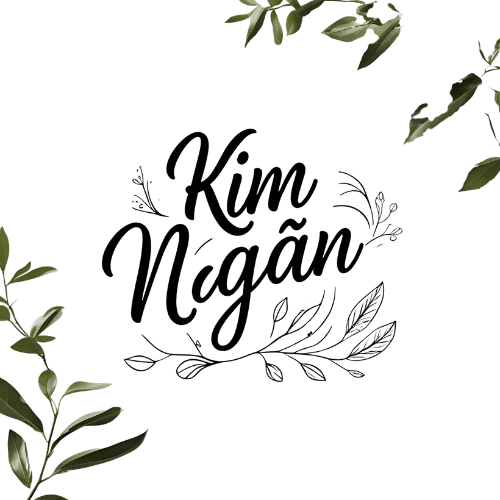🇯🇵 Wellness & Healing in Japan – Where Stillness Touches the Body and Soul
🇯🇵 Wellness & Healing in Japan – Where Stillness Touches the Body and Soul
Japan Travel Guide – By Themes
In Japan, healing doesn’t always come from a cure.
Sometimes, it comes from warm water, quiet air, and the soft weight of time slowing down.
1. Introduction – Wellness in the Japanese Way
Japan doesn’t advertise its wellness the way spa resorts do.
It whispers it—in the steam of a hidden onsen, the hush of a mossy temple, the calm of forest paths where no one rushes.
Here, healing is not a luxury.
It’s a lifestyle, woven into everyday rituals: the soak before sleep, the silence before tea, the bow before entering a sacred space. Wellness in Japan is about balance—of mind, body, and environment.
2. What Makes Japan a Healing Destination?
Natural elements – geothermal springs, cedar forests, mountain air, and ocean breeze
Cultural philosophy – Zen, wabi-sabi, ikigai: ideas rooted in simplicity and inner peace
Food as medicine – seasonal, mindful, nourishing
Spaces designed for calm – from minimalist interiors to temple gardens
Pace of life – quiet mornings, seasonal rituals, moments of intentional slowness
Whether you're recovering from stress or simply seeking to reconnect with yourself, Japan offers countless ways to exhale deeply and come home to your body.
3. Best Wellness Experiences in Japan
🛁 1. Onsen Soaking (Hot Springs)
Relax in mineral-rich, geothermal baths—indoor, outdoor, seaside, or deep in the forest
Famous spots:
– Yufuin & Beppu (Kyushu)
– Kusatsu (Gunma)
– Kinosaki (Hyogo)
– Hakone (near Tokyo)
Tip: Choose a ryokan with a private rotenburo (open-air bath) for the full experience
🧘 2. Temple Stays & Zen Meditation
Spend a night at a Buddhist temple (shukubo), wake up to chanting monks, and practice zazen
Locations:
– Koyasan (Wakayama)
– Eiheiji (Fukui)
– Mount Haguro (Tohoku)
Meals are simple, plant-based, and deeply grounding
🌲 3. Shinrin-yoku (Forest Bathing)
Walk slowly through ancient forests, breathing deeply and observing without rushing
Best areas:
– Yoshino (Nara)
– Akasawa Forest (Nagano)
– Yakushima Island (Kagoshima – UNESCO site)
🍵 4. Japanese Tea Ceremony
A ritual of grace, presence, and quiet connection
Try it in Kyoto or Kanazawa for authentic, traditional settings
Some ryokan and temples offer private tea sessions for deeper reflection
🍚 5. Wellness Cuisine (Shojin Ryori & Washoku)
Shojin ryori: Buddhist vegan cuisine – seasonal, mindful, spiritually rooted
Washoku: Traditional Japanese diet – UNESCO-recognized for balance and longevity
Experience in temple stays, countryside inns, or wellness-focused cafés in Kyoto, Tokyo, and beyond
4. Where to Go for a Healing Journey
Kyoto – temples, tea houses, garden walks, and calm
Kinosaki Onsen – a peaceful onsen town where guests walk in yukata from bath to bath
Mount Koya – temple stay and early morning meditation with monks
Yakushima Island – lush rainforest, waterfalls, and timeless cedar trees
Nagano – highland resorts with onsen and hiking trails
Okinawa (Ogimi Village) – meet the world’s oldest residents, live simply, and eat slow
5. Ideal Itinerary – 6 Days of Reconnection
Day 1 – Arrive in Kyoto: Visit a tea house, stroll Philosopher’s Path
Day 2 – Travel to Koyasan: Temple stay, try zazen, eat shojin ryori
Day 3 – Head to Kinosaki Onsen: Soak in multiple hot springs, wear yukata
Day 4 – Journey to Yakushima (or Nagano): Forest bathing and nature hikes
Day 5 – Slow day: journal, read, enjoy a traditional meal
Day 6 – Return to Kyoto or Tokyo: Reflect, shop for wellness gifts (incense, teas, washi paper)
6. Tips for a More Meaningful Experience
Don’t over-plan: Wellness needs space—leave blank time in your schedule
Be present: Turn off your phone during key moments
Choose ryokan or temple stays over hotels when possible
Travel light, live light: pack comfortable clothes, bring a journal
Respect the rituals: bowing, bathing rules, quiet in sacred spaces
7. FAQs & Sample Budget
Is wellness travel in Japan expensive?
It can be affordable if you choose modest temple stays and local meals. Luxury ryokan can be more costly but offer deep value.
Can I do this solo?
Yes. In fact, Japan is one of the safest and most peaceful countries for solo healing journeys.
Estimated daily cost:
– Budget: $80–100/day (temple stays, local trains, shojin meals)
– Mid-range: $120–180/day (onsen ryokan, private meditation sessions)
– Luxury: $200+/day (exclusive retreats, wellness spas, guided journeys)
In Japan, healing is not loud.
It doesn’t come in breakthroughs or noise.
It comes in quiet repetition—in the steeping of tea, the hush of water, the stillness between breaths.
If the world feels too much, and your heart needs softening—
Japan will hold you. Slowly. Kindly. Entirely.
Thank you for stepping into this gentle world of wellness with me.
May you carry home not just memories, but moments of true stillness.
👉 For more soulful journeys, continue exploring the Japan Travel Guide – By Themes series on the blog.
With warmth,
Kim Ngân – storyteller & slow traveler
